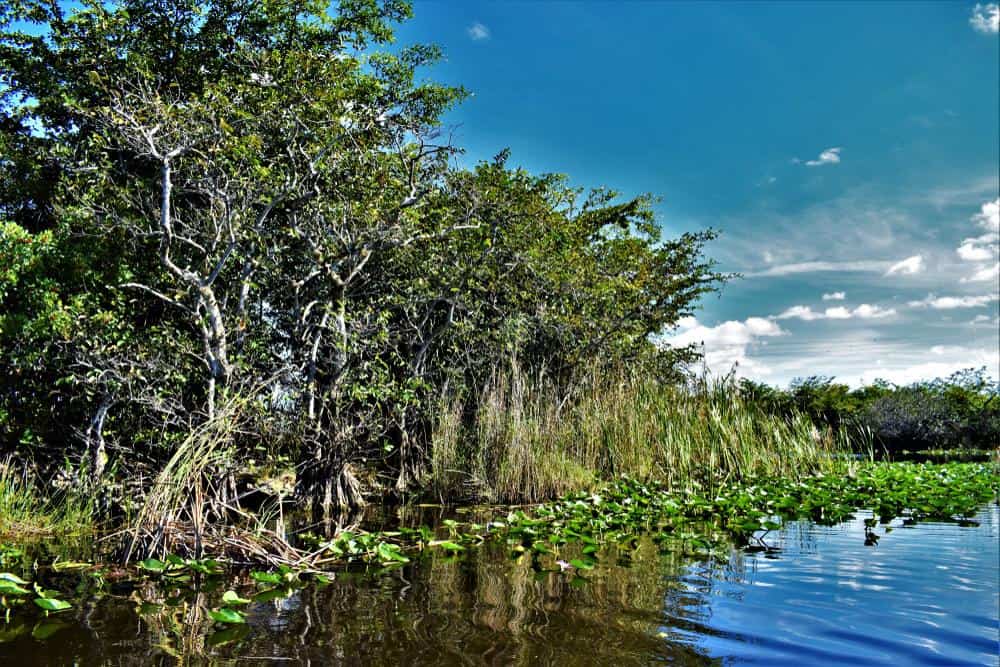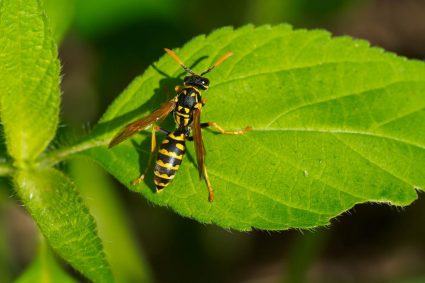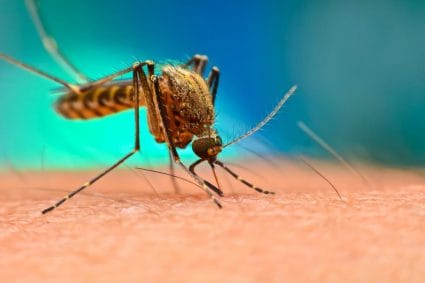
Raccoons, known for their distinctive black mask and ringed tail, are fascinating creatures that have adapted to various environments, from forests to urban cities. But have you ever wondered what family the raccoon belongs to? This article delves into the family tree of the raccoon, exploring its relatives, shared features, and unique characteristics.
The raccoon belongs to the Procyonidae family. This family includes raccoons, ringtails, cacomistles, coatis, kinkajous, olingos, and olinguitos. They are closer relatives to the ring-tailed cats and cacomistles of the genus Bassariscus.
Introduction to the Raccoon’s Family: Procyonidae
The raccoon is a member of the Procyonidae family, a New World family of the order Carnivora. This family includes raccoons, ringtails, cacomistles, coatis, kinkajous, olingos, and olinguitos. Often viewed as smaller cousins of the bear family due to their general build, Procyonidae animals are closer relatives to the ring-tailed cats and cacomistles of the genus Bassariscus, from which they diverged about 10 million years ago.
Shared Features of the Procyonidae Family
Raccoons share several distinct features with their relatives in the Procyonidae family. Some of the most distinctive features include a facial mask, ringed tail, dexterous front paws, grayish coat, omnivorous diet, and high adaptability. They are also highly intelligent, capable of problem-solving and remembering solutions to tasks for up to three years.
Differences from Other Family Members
Although raccoons share many features with their family members, they also have unique characteristics that set them apart. For instance, they are more adaptable to urban and suburban environments compared to other Procyonidae members. Their diet is also more varied, feeding on a wide range of food items, including fruits, nuts, insects, rodents, frogs, fish, and bird eggs.
Evolutionary History of the Procyonidae Family
The evolutionary history of the Procyonidae family dates back to around 25 million years ago. They first originated in Europe and later migrated to Central or South America. The ancestors of the common raccoon left tropical and subtropical areas and migrated farther north about 4 million years ago. The first modern raccoon fossils date back to the Pliocene epoch, about 3 million years ago.
Geographical Distribution and Habitat Preference of the Procyonidae Family
The Procyonidae family spans from Canada through the United States to Panama. They prefer wooded areas near water sources and can also be found in agricultural areas and in close proximity to human developments. Raccoons have been introduced to Europe and Asia, where they are considered invasive species.
Conclusion
Raccoons, with their distinctive features and high adaptability, are a unique member of the Procyonidae family. Their ability to thrive in various environments and their varied diet set them apart from other family members. Understanding their family tree and shared features helps us appreciate these fascinating creatures and their place in the natural world.
Remember, whether you’re spotting a raccoon in your backyard or observing one in the wild, these creatures are a part of a larger family with a rich history and diverse set of characteristics.
Frequently Asked Questions
What is the lifespan of a raccoon?
The average lifespan of a raccoon in the wild is about 2 to 3 years. However, in captivity, they can live up to 13 years.
Are raccoons dangerous to humans?
While raccoons are not typically dangerous, they can become aggressive if they feel threatened or cornered. They can also carry diseases such as rabies, which can be transmitted to humans through bites or scratches.
What predators do raccoons have?
Raccoons face threats from various predators, including coyotes, bobcats, owls, and eagles. In urban areas, they are also often hit by cars.
Are raccoons nocturnal?
Yes, raccoons are primarily nocturnal, meaning they are most active at night. They spend the majority of the day sleeping, usually in dens.
Do raccoons hibernate?
Raccoons do not hibernate, but they do become less active during the winter months. They often stay in their dens for several days at a time when the weather is particularly cold.









